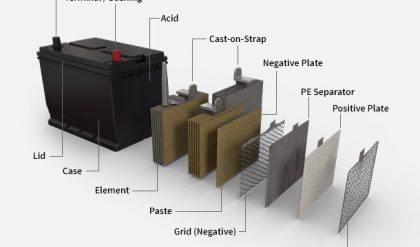Introduction
In this chapter, advanced communication systems such as Microwave communication, Satellite Communication, Optical communication and Cellular communication systems are discussed.
Microwave communication
Microwaves are electromagnetic waves of very short wavelength (in the order of a few cm). Their frequencies lie in the range 1 GHz to 1000 GHz (1 GHz = 109 Hz). Their short wavelengths make microwaves ideal for use in radio and television broadcasting. Communication using microwaves whose wavelengths are very short is called microwave communication. Microwave communication is a category of radio communication which deals with radiation of electromagnetic waves from one point to another through free space. Useful frequency range for microwave communication lies between 300 MHz and 150.

GHz. Microwave communication system is line of sight (LOS) in nature limited by horizon due to earth’s curvature.
Microwave communication system is classified into two broad categories namely analog and digital. Analog microwave communication systems are widely used. The analog system employs analog transmission techniques such as FM modulation and analog multiplexing technique.
Microwave frequency bands

Microwave communication system
A microwave system consists of a terminal transmitter, a number of repeater stations and a terminal receiver station (see Figure 17.1). The functions of each blocks are explained below.

A transponder is a combination of receiver, amplifier and transmitter. Receiver in the transponder amplifies the uplink signal and converts it into another frequency downlink frequency. The block diagram for the transponder is shown in Figure 17.6.


Comparison of GSM and CDMA A comparison between CDMA and GSM is given in table 17.2.






